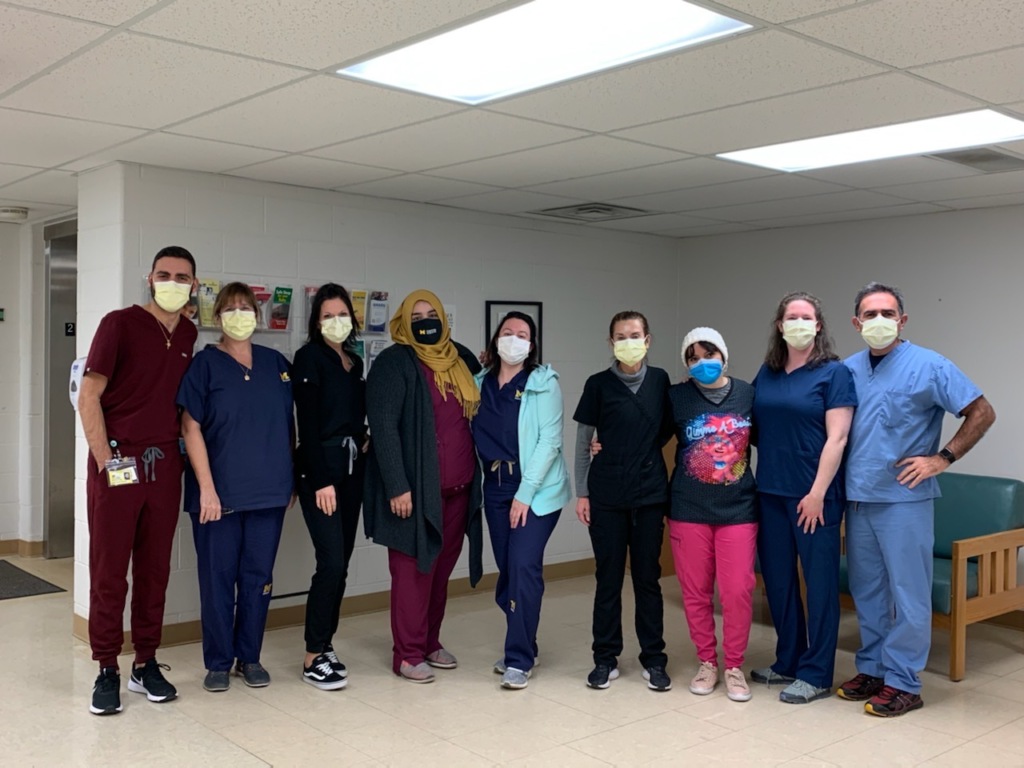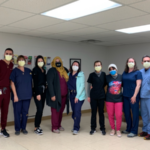By Chris Oshana, Youth Advisory Council Member
The following reflects Chris’ lived experiences, thoughts, and opinions.
$45,000,000,000. Forty-five billion dollars. According to the CDC, that’s how much money is lost in productivity each year in the US due to untreated oral disease.1
As someone who hopes to enter the dental profession in the coming years, this is quite a concerning number. How could so many people have untreated oral disease that we lose that much each year? I can only imagine how these individuals’ lives must be affected by their oral health issues; they would likely have to take time off work, miss school, or spend a large sum of money to treat these issues, so I can understand why they may choose to ignore them.
Throughout 2021, I’ve had the opportunity to see how oral health disparities in children are impacting their lives. I began working as a Research Assistant on a Phase III, randomized, placebo-controlled trial that is attempting to show the effectiveness of a new cavity prevention drug, Silver Diamine Fluoride (SDF).2 The study focuses on cavities in “baby” teeth and, if successful in proving the initial hypothesis, would likely lead to the United States Food and Drug Administration (FDA) approval of SDF for treating cavities. Under the guidance of Dr. Margherita Fontana, the Principal Investigator of the study, I’ve learned about the short and long-term effects of oral health disparities in children.
In my work for the study, I see children anywhere from one to five years old with immense amounts of decay. I never thought that a child, who has barely had their teeth for a year and a half, could have such far-along cavities. From the families, I’ve anecdotally heard how this decay causes issues for the child and their parents, as well as how it influences their Oral Health Quality of Life.3 I wish there was a way I could personally solve all their issues, but it’s clear to see that this is a structural problem that has to be attacked from multiple angles: targeting systems of oppression that disadvantage certain populations and make them more susceptible to oral disease.
To further educate others on the issues that I’ve seen first-hand, I decided to focus my work in the Youth Advisory Council on oral health disparities. I took some time to evaluate what the School-Based Health Alliance currently does in regards to oral health, and chose this as my topic for the trainings I facilitated back in October.4 My fellow council members and I had an important discussion surrounding oral health disparities in the U.S., how SBHCs work to combat this by having dentists in-clinic, and what more can be done. This semester, I also completed two semester-long projects for my Sociology and Women’s Studies courses, and chose to focus on oral health disparities for those projects.
These experiences that I’ve had and the knowledge I’ve gained about oral health disparities in the U.S. has been eye-opening. I know that I can’t sit by idly as these issues persist among the most vulnerable populations. As a dental student and dentist, I hope to make an impact on these problems. Working as a dentist in a Federally-Qualified Health Center is something I am interested in. I’m also falling more in love with clinical research every day I work on the SDF study; the public health implications of the drug’s FDA approval would be immense, considering its low-cost and how easy it is to manufacture, distribute, and apply. Knowing that I’m a part of the team that could help underserved children all across the country benefit from SDF is a fulfilling feeling, and something that I want to carry with me into my career.

1 https://www.cdc.gov/oralhealth/oral_health_disparities/index.htm
2 https://clinicaltrials.gov/ct2/show/NCT03649659?cond=Dental+caries&map_cntry=US&map_state=US%3AMI
3 https://pubmed.ncbi.nlm.nih.gov/21422477/
4 https://www.sbh4all.org/what-we-do/initiatives/school-based-oral-health-services/

